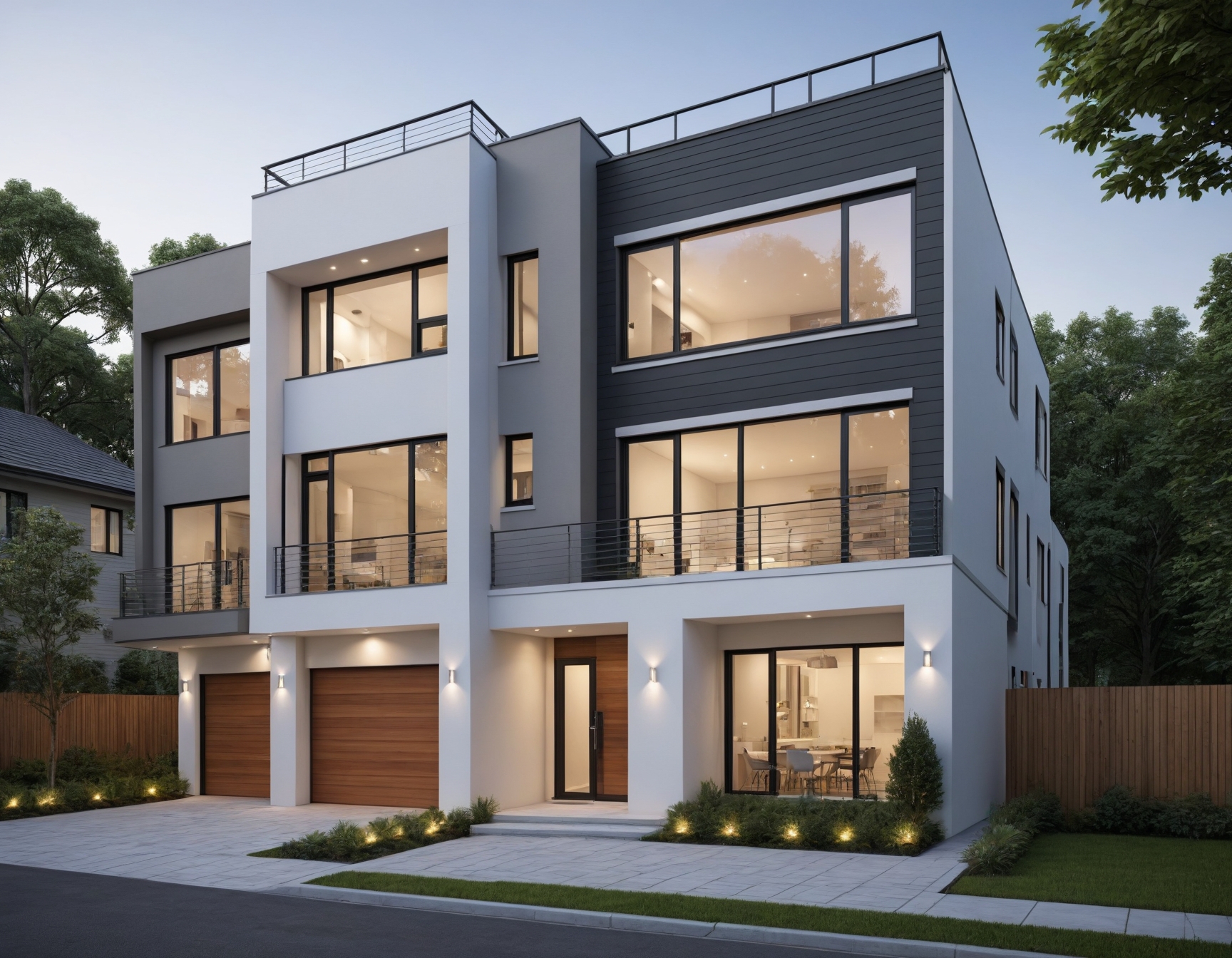Structural Engineering Essentials for Class 1 Buildings: Ensuring Safety in Aussie Homes
31 July 2024
Explore the critical structural engineering considerations for Class 1 buildings in Australia with Prestige. Ensure safety in residential construction now.
Australian homes are more than just living spaces; they’re sanctuaries where families grow, memories are made, and lives unfold. At the heart of these structures lies a critical component often overlooked by homeowners: structural engineering. For Class 1 buildings, which include houses and townhouses, proper structural engineering isn’t just a technical requirement—it’s the foundation of a safe, durable, and comfortable home.
The Role of Structural Engineers in Class 1 Buildings
Structural engineers play a vital role in the design and construction of Class 1 buildings. Their expertise ensures that homes are built to withstand various forces, such as gravity, wind, and seismic activities. They assess the suitability of materials, design load-bearing structures, and ensure compliance with the National Construction Code (NCC) and Australian Standards. By working closely with architects and builders, structural engineers help create safe, resilient, and long-lasting homes.
Key Structural Engineering Principles for Class 1 Buildings
Structural engineers are guided by many essential principles in the design and construction of Class 1 structures. Let’s explore three essential concepts that form the backbone of safe and durable home construction:
• Load Distribution and Path – A building’s weight is like a juggling act. Structural engineers ensure everything stays balanced by designing a system to transfer loads from roof to foundation, distributing pressure evenly and preventing weak spots that could buckle under stress. This includes wind, earthquakes, and the building’s own weight.
• Material Selection and Performance – Material selection is crucial for Class 1 buildings. Structural engineers evaluate strength, durability, cost, and environmental impact when choosing materials. They also consider how these materials perform under various conditions like moisture, temperature changes, and chemical exposure.
• Structural Redundancy – Incorporating redundancy into the design of Class 1 buildings is a key principle that enhances safety. This involves creating multiple load paths and backup systems to ensure that if one component fails, the overall structure remains intact. This is crucial in areas prone to extreme weather or seismic events.
Why Structural Engineering Matters for Safety
The importance of structural engineering in ensuring the safety of Class 1 buildings cannot be overstated. Here are three critical reasons why structural engineering is essential for creating safe homes:
• Prevents Catastrophic Failures – Properly engineered structures are designed to withstand a wide range of forces and conditions. Structural engineers design for potential hazards, preventing catastrophic failures that could harm people or damage property.
• Ensures Long-Term Durability – A well-engineered home is built to last. Structural engineers plan for long-term factors like material wear and future modifications, ensuring homes stay safe and functional for decades.
• Adapts to Environmental Challenges – Structural engineers adapt designs to Australia’s varied climate and geography. They reinforce homes against regional risks like cyclones or bushfires, ensuring safety in both normal and extreme conditions.
Structural engineering is an essential investment for any Class 1 building project. By partnering with a qualified structural engineer, you ensure the safety, stability, and longevity of your dream home. Here at Prestige Construction and Design, we offer comprehensive engineering services for houses and townhouses, including structural, mechanical, and electrical engineering. Our team of certified professionals will work closely with you to create a safe and secure living environment for your family.


